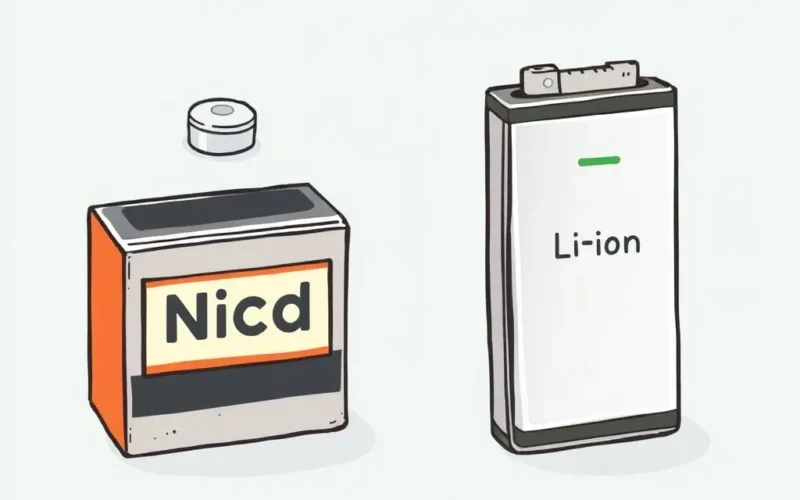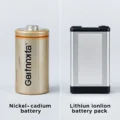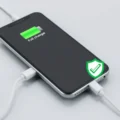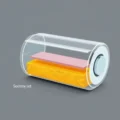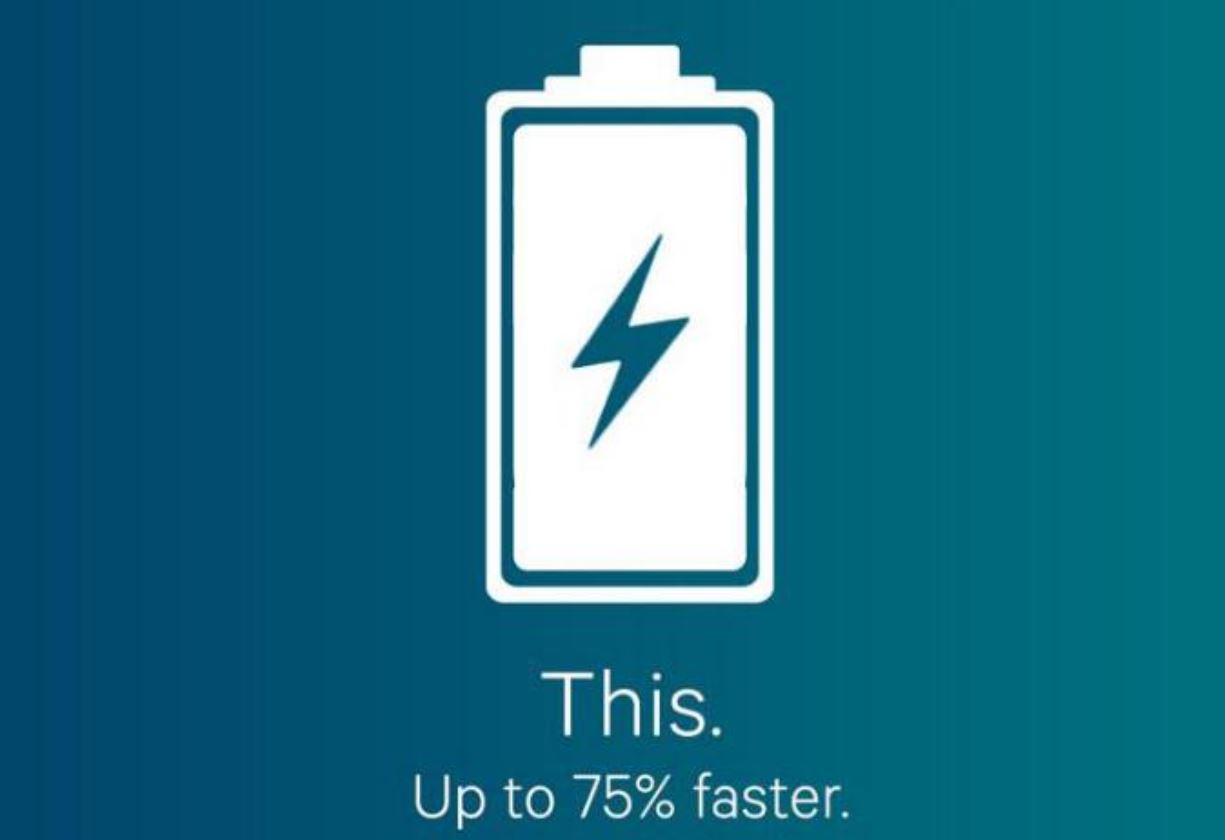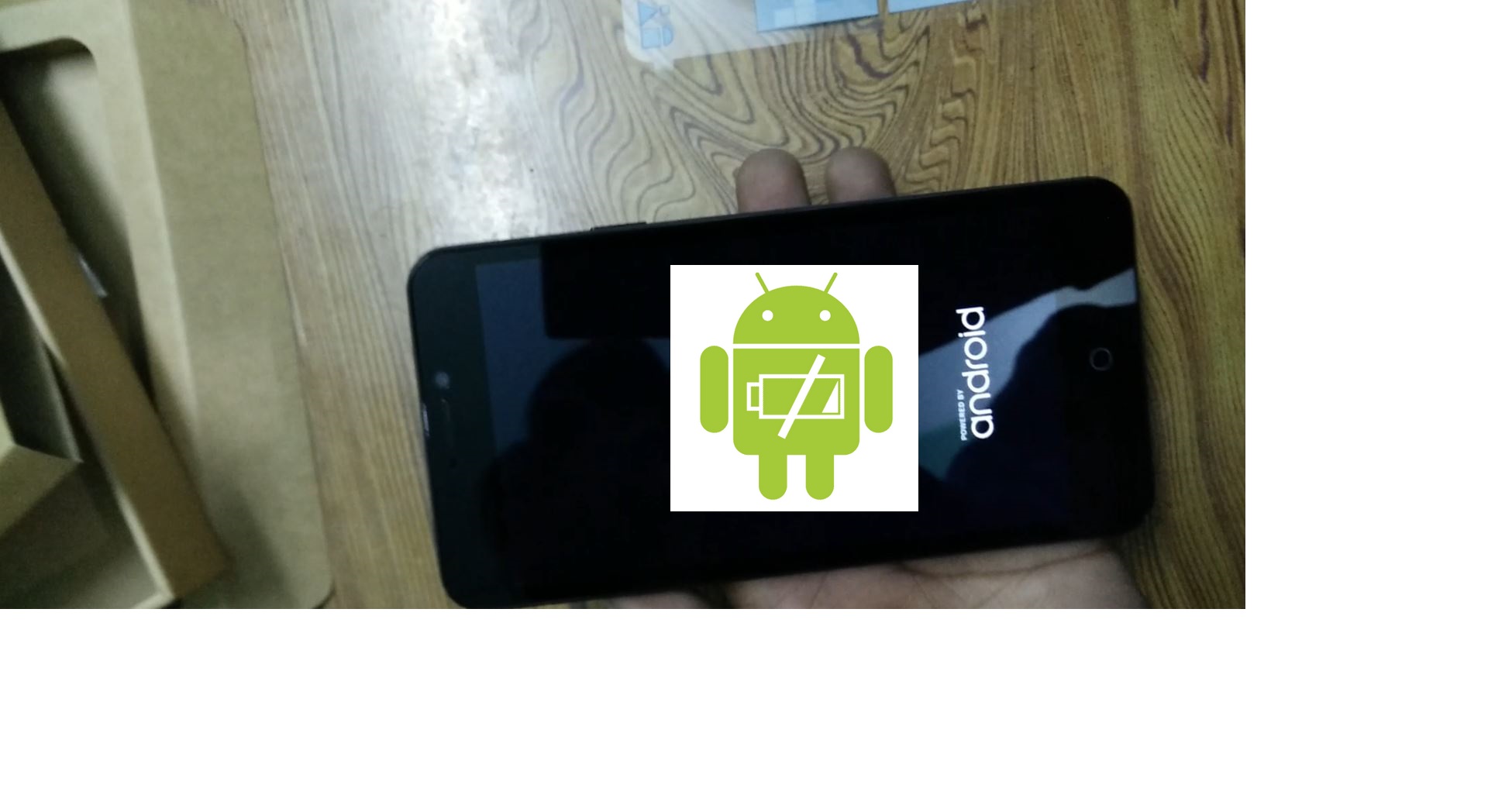Are you one of those folks who still wait for your phone’s battery icon to turn red and scream for mercy before plugging it in? Do you believe draining it down to zero is some kind of necessary ritual, maybe to ‘reset’ it or give it a ‘full cycle’? If so, you’re not alone, but you’re clinging to tech lore that’s as outdated as dial-up internet!
Let’s tackle this widespread notion head-on. The idea that you must completely discharge your phone’s battery before recharging is a persistent myth, and frankly, following it is probably doing more harm than good to the very device you rely on daily.
Table of Contents
The Ghost of Batteries Past: Where the Myth Came From
To understand why this myth exists, we need a quick trip down memory lane to the days of Nickel-Cadmium (NiCd) batteries. These older battery types suffered from something called the ‘memory effect’. Basically, if you repeatedly recharged a NiCd battery before it was fully discharged, it would ‘remember’ the point at which charging began and its usable capacity would shrink to that level. To combat this, manufacturers recommended occasional full discharge cycles to ‘recalibrate’ the battery.
But here’s the crucial part: the batteries in your modern smartphone are overwhelmingly Lithium-Ion (Li-ion) or Lithium-Polymer (Li-Po). These technologies are vastly different and do not suffer from the ‘memory effect’ in the same way NiCd batteries did.
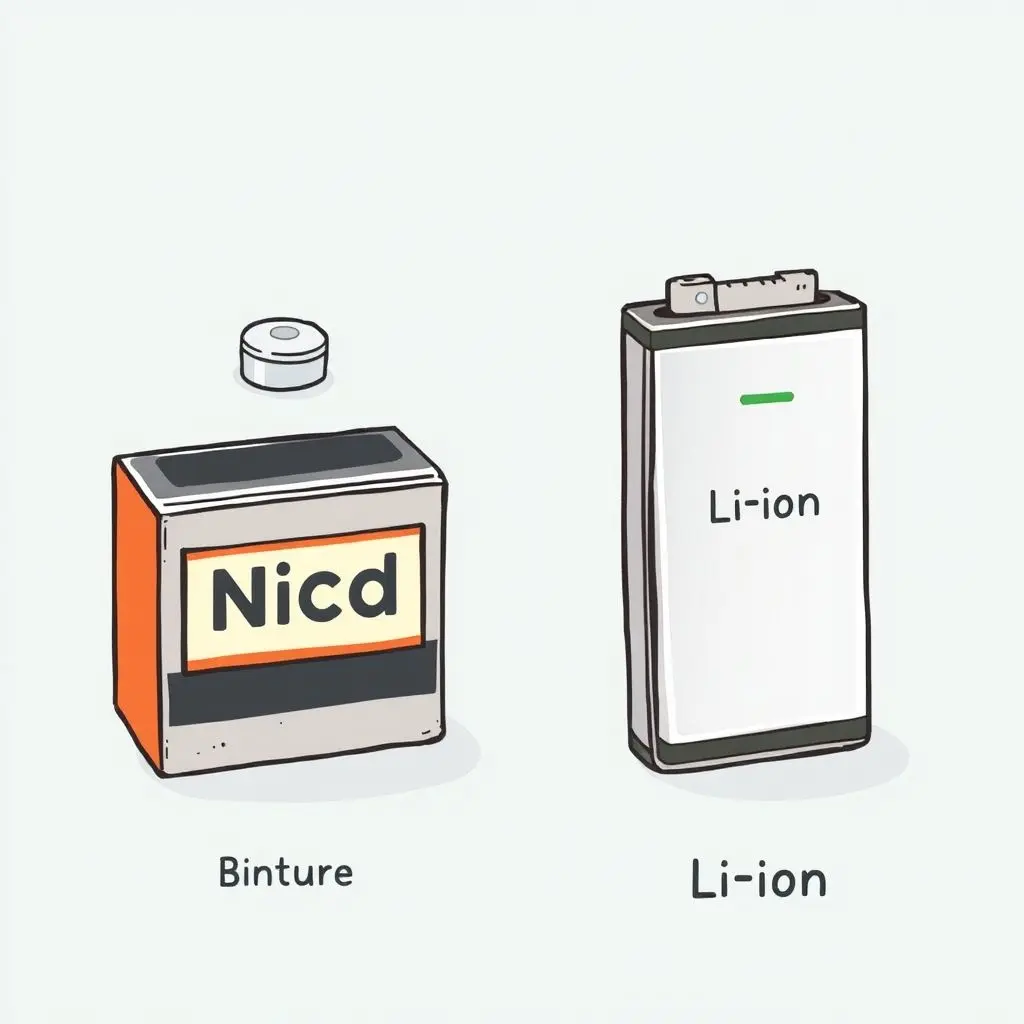
The Truth About Lithium-Ion Batteries
Lithium-ion batteries work by moving lithium ions between a positive electrode and a negative electrode through an electrolyte. Charging forces the ions from the positive to the negative electrode; discharging reverses the flow. It’s a chemical process, and like many chemical processes, extreme conditions put stress on the system.
The key metric for battery health and lifespan is often referred to as ‘cycle count’. A charge cycle is generally counted when you’ve used 100% of the battery’s capacity, though not necessarily all at once. For example, using 50% one day and recharging, then using 50% the next day counts as one cycle.
However, it’s not just about cycles. The depth of discharge and charge also matters significantly for Li-ion health.
Why Draining to Zero is Bad News for Li-ion
For lithium-ion batteries, operating at the extreme ends of their charge state (very low or very high) is more stressful than operating in the middle. Here’s why:
- Deep Discharge Stress: When a Li-ion battery is fully discharged (or close to it), certain chemical reactions can occur that degrade the battery’s components. Letting the voltage drop too low can cause the anode material to collapse or copper from the current collector to dissolve, leading to permanent capacity loss and potentially making the battery unstable or unable to hold a charge at all. Think of it like pushing a machine to its absolute breaking point repeatedly.
- Reduced Lifespan: Each deep discharge cycle contributes significantly to wear and tear. While a battery might be rated for a certain number of cycles (say, 500), that rating is often based on specific discharge depths. Regularly draining to 0% will exhaust these cycles much faster and reduce the overall lifespan compared to shallower discharge cycles.
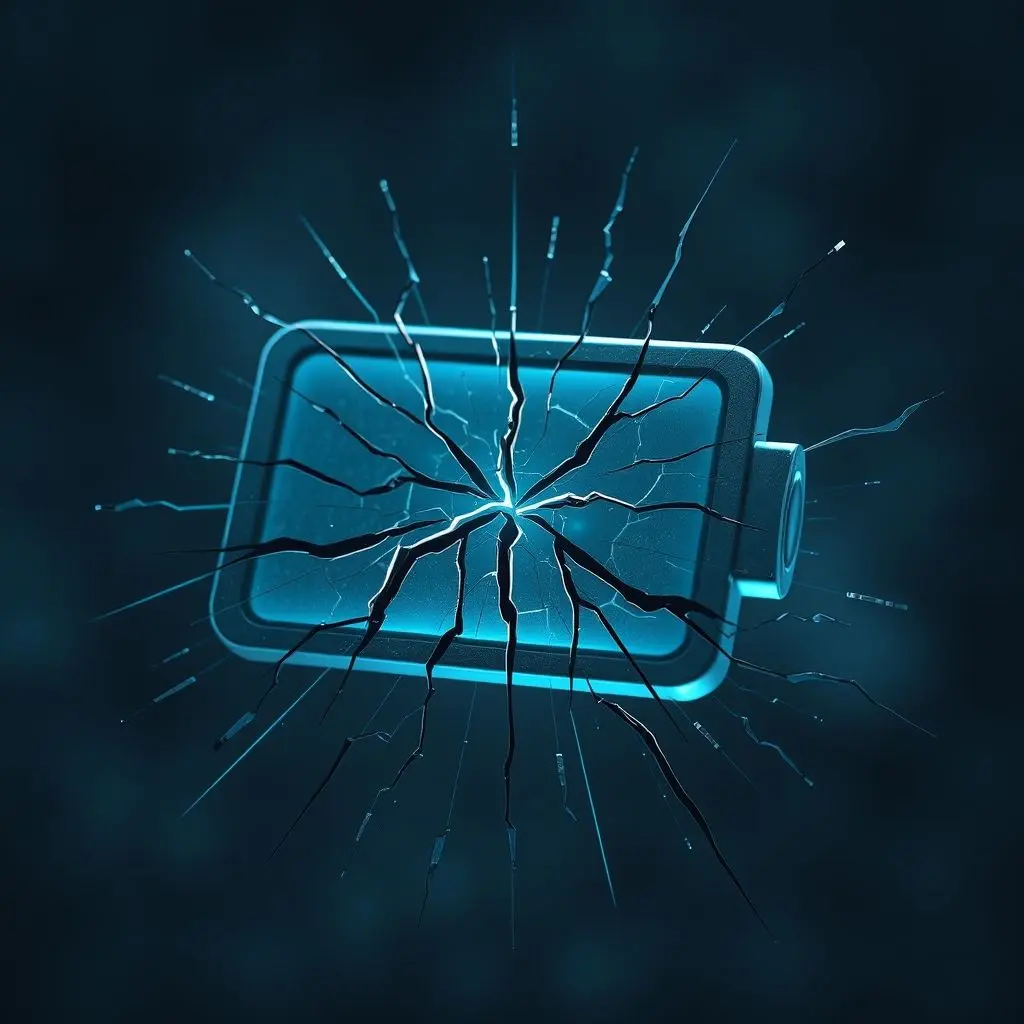
The ‘Sweet Spot’: Treating Your Battery Right
Instead of the ‘boot camp’ of full discharge, give your battery the ‘spa treatment’. The general consensus among battery experts and manufacturers is that lithium-ion batteries are happiest when kept in the middle range of their charge. Aiming to keep your phone’s charge between approximately 20% and 80% is often cited as the optimal strategy for maximizing its long-term health and lifespan.
Why this range? Staying out of the extreme low (below 20%) and extreme high (above 80%) voltage states minimizes the chemical stress on the battery. You’re essentially performing shallower charge/discharge cycles, which are less taxing than deep ones.

Modern phones and operating systems often have features to support this, like optimized charging that might slow down or pause charging after 80%.
Quick Take: Check Out Our Short Video
Want a quick, visual summary of this myth and the truth? We made a short video just for you:
Beyond Charging Cycles: Other Battery Care Tips
While the 20-80% rule is a great guideline, here are a few other practices to help your Li-ion battery live its best life:
- Avoid Extreme Temperatures: Heat is a battery’s worst enemy. Don’t leave your phone in a hot car or direct sunlight for extended periods. Very cold temperatures can also temporarily reduce performance.
- Use Quality Chargers: Stick to chargers and cables from reputable manufacturers, ideally the one that came with your phone or a certified third-party accessory. Cheap, unbranded chargers can provide unstable voltage which is bad for the battery.
- Consider Removing Cases When Charging Heavily: If your phone gets hot while charging, especially during fast charging or heavy use simultaneously, consider taking off its case to allow better heat dissipation.
- Don’t Worry About Overnight Charging (Mostly): Modern phones are smart. They stop charging when they reach 100% and only top off periodically. Leaving it plugged in overnight is generally fine, though some argue it slightly increases stress being at 100% for long periods. Optimized charging features help mitigate this.
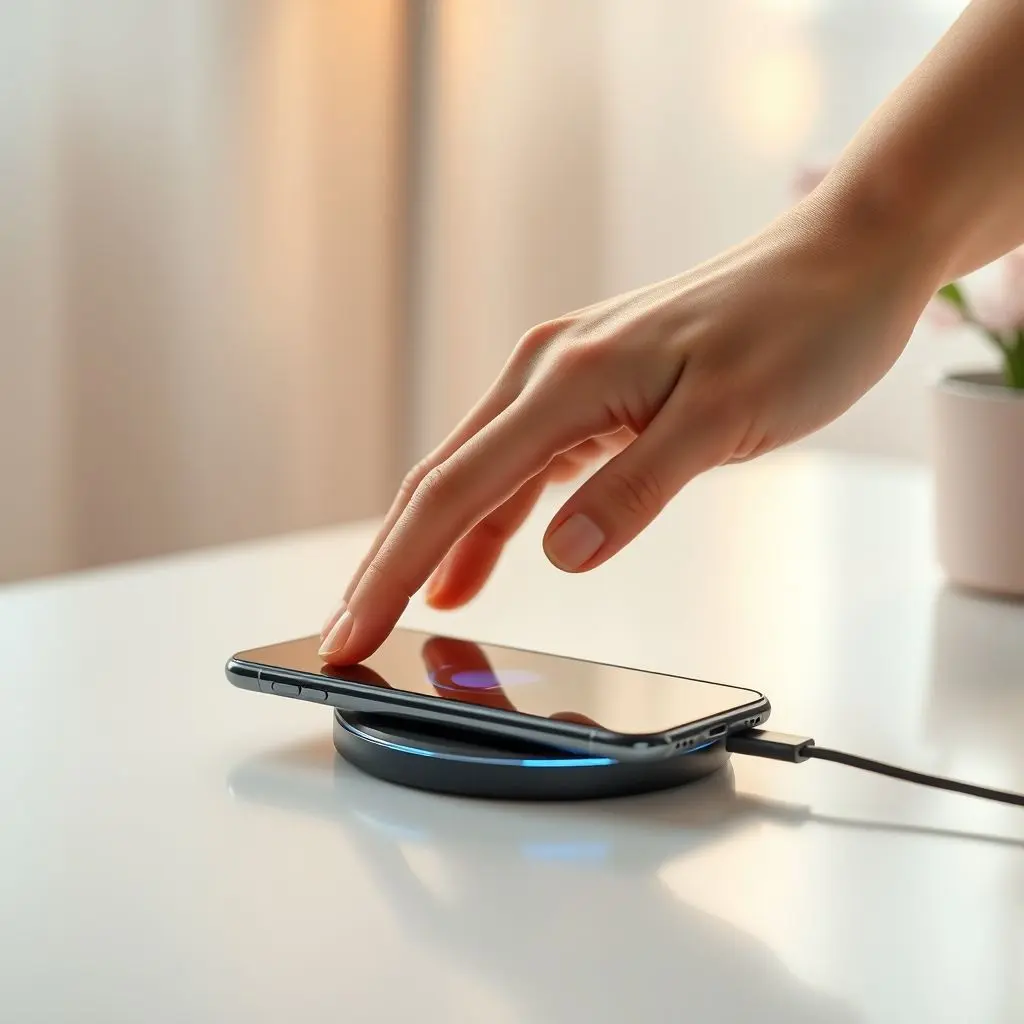
Frequently Asked Questions About Phone Battery Charging
Do I ever need to fully discharge my Li-ion battery?
For calibration purposes, some manufacturers *used* to recommend occasionally discharging to a very low percentage (like 10-20%) and then fully charging, perhaps once every few months. This wasn’t because of a memory effect, but to help the battery management system (BMS) gauge the battery’s capacity accurately. However, with modern, sophisticated BMS, even this is rarely necessary anymore for general users. Regular deep discharges are detrimental.
Is it bad to leave my phone plugged in all the time?
Modern phones stop charging when full. Leaving them plugged in doesn’t constantly pump current into them. However, keeping a battery at 100% charge constantly at high voltage for long periods can cause some stress over time. This is why optimized charging features exist, which might keep the phone at 80% and only top it up just before you’re likely to need it. For typical use, occasional overnight charging is unlikely to cause significant harm compared to other factors like heat or regular deep discharges.
Does fast charging hurt the battery?
Fast charging generates more heat, and heat is bad for batteries. While manufacturers design phones and batteries to handle fast charging within safe limits, repeated fast charging, especially combined with heat, can potentially accelerate degradation compared to slower charging. Using standard chargers when you’re not in a hurry is slightly better for long-term health, but the difference might be negligible for many users.
What is ‘battery calibration’ for Li-ion and do I need to do it?
For Li-ion, ‘calibration’ typically refers to helping the phone’s software accurately report the battery percentage. Over time, the software’s estimate can drift. Some suggest letting the phone discharge until it turns off, then charging it to 100% without interruption to recalibrate the gauge. However, this involves a full discharge cycle, which puts stress on the battery. For most users, the minor inaccuracy in the battery percentage indicator isn’t worth the battery health cost of a full discharge. It’s not necessary for the battery’s *function*, only for the accuracy of the *display*.
How can I check my phone’s battery health?
Many smartphones now have built-in battery health indicators in their settings (e.g., iPhone’s Battery Health under Battery settings, or Android’s Digital Wellbeing or third-party apps). These give you an estimate of the battery’s maximum capacity relative to when it was new.
Putting It All Together
The old advice about fully discharging batteries is a relic of outdated technology. Your modern phone with its lithium-ion battery thrives on gentle care. Avoid letting it die completely, and try to keep it topped up within the 20-80% range when convenient. Combine this with avoiding extreme temperatures and using good quality chargers, and you’ll significantly improve your phone’s battery health and longevity, ensuring it stays zippy and reliable for longer.
Treat your battery with care, and it will take care of you!
